Nobody bickers like marketers.
Visiting LinkedIn or Twitter these days opens a door to a bunch of spats across the silos we love to dig for ourselves. It’s not a good look.
The big one — for now — seems to pit brand and performance marketing teams against each other in a winner-takes-it-all game. It’s usually about what marketing tactics work (short and long term) and how to attribute success. Lots of “us”, plenty of “them” — way too much sass.
Many argue that attribution models (championed by last-touch-happy heavyweights like Google, Facebook and LinkedIn) have created a short-term focus that puts hack tactics before creative, sustainable strategy. Others say longer term models lack the evidence to prove they deserve ongoing investment.
But it’s a pointless argument. Every (performance) marketer benefits from a strong creative brand. No (brand) marketer hates knowing their work translates into commercial returns (in the short, medium or long term).
Our jobs are hard enough without splitting Team Marketing into armed camps. Sure we have different skills (thankfully), but we kick in the same direction.
So who or what is the enemy? We say it’s the things that foment conflict and fail collaboration; the places B2B marketing goes to fester: Silos.
We hate them. Everyone does. Let’s stop tolerating them.
Brand and performance marketing: combined power
As Les Binet outlined in his excellent Twitter thread, there’s a growing expectation that the industry (FAANGs and all) will move from last-click attribution to something called “econometrics” (essentially measurement systems based on medium to long term impact).
The principle is clear: we must toss aside our silos and learn to create great customer experiences while proving commercial performance.
If you’re in the business of creating B2B marketing content, it should be fist pumpin’ time. We can now provide creative user experiences that drive results that are as measurable as they are commercial.
But the chances are that you’re a bit stuck; doing one of two sub-optimal things:
- Creating open, engaging content but struggling for long-term promotional investment because it doesn’t drive short-term leads
- Driving lead generation that delivers short term leads but struggling with long-term commercial conversion
It’s a vicious circle with marketers everywhere flailing around in its vortex.
Surely it makes sense to create and promote engaging content that generates commercial, brand-aware leads? We’ll need to bring our brains (left and right sides) together to do this.
Planning an integrated B2B marketing system
Every marketer (or agency for that matter) starts with a skill that inevitably becomes a worldview. That’s why creating and implementing a system that integrates potentially siloed disciplines into a single approach is hard. But who said it was going to be easy? Not me.
Just because it’s easier to draw a line in the sand and fire spears doesn’t mean we should. Part of my job at Velocity has been to build an operational system that maximizes client value from integrated content investments. Here’s how we do it:
- Understand Big Picture Need
Our clients have consistent problems. They struggle to drive long-term content programs with commercial measures or turn short-term lead programs into paying customers. It’s a call for new approaches that challenge current models. - Create A Shared Team Goal
We all agree with the goal of building scalable, creative and commercially content marketing. It’s what our clients need and what we want to give them. Planning a journey is much easier when we all agree on the destination. - Map Current Processes
What would stop us delivering on this goal? The problem with many processes is they’re linear and either right or left brain dominated. You need to understand the weak points of collaboration and information transfer as it stands. - Collective Project Planning
Every client project needs an integrated strategy. Our blueprints build creative ideas into integrated execution and measurement plans with short, medium and long term goals. It combines brand and performance needs at every step. - Elevate Briefing Skills
The account team must deliver water-tight briefs so everyone understands how their work contributes to client goals, commercial outcomes, creative tools, and core campaign metrics. - Revamp Production Process
The new process focuses on core milestones, collaboration and review times between our experts. The project leads will focus on holistic solutions that, at times, require diplomacy and compromise for a better overall outcome. - Build A Training Map
You don’t need everyone to be an expert on everything. But nothing helps change behavior like understanding. How can KPIs actually benefit creative work? What creative elements drive an audience to act? Our team trains each other. - Commit To Reports & Progress
The process is a commitment to our clients and ourselves. We report regularly on how integrated systems deliver longer-term value results needed to be successful.
The net result is a content program that can target long long-term brand effects and secure promotional investment based on metrics that prove commercial impact.
So, how does that work?
Let’s take a look at what an integrated process does in live content. Many things will be invisible to the users (which is deliberate) but integrated thinking dictates many decisions.
Content Goals
- Galvanize users with creative content
- Get critical mass from paid tactics
- Support downstream conversion actions
- Tackle dropping form-fill rates with alternative gate policy
Four Simple Examples
The team created an integrated campaign blueprint to deliver both creative ideas, promotion and measurement framework. Let’s look at one content example within that. The following points show how the briefing and collaboration process led to considerations for both creative and performance marketing based structures.
- Different Introduction Onboards
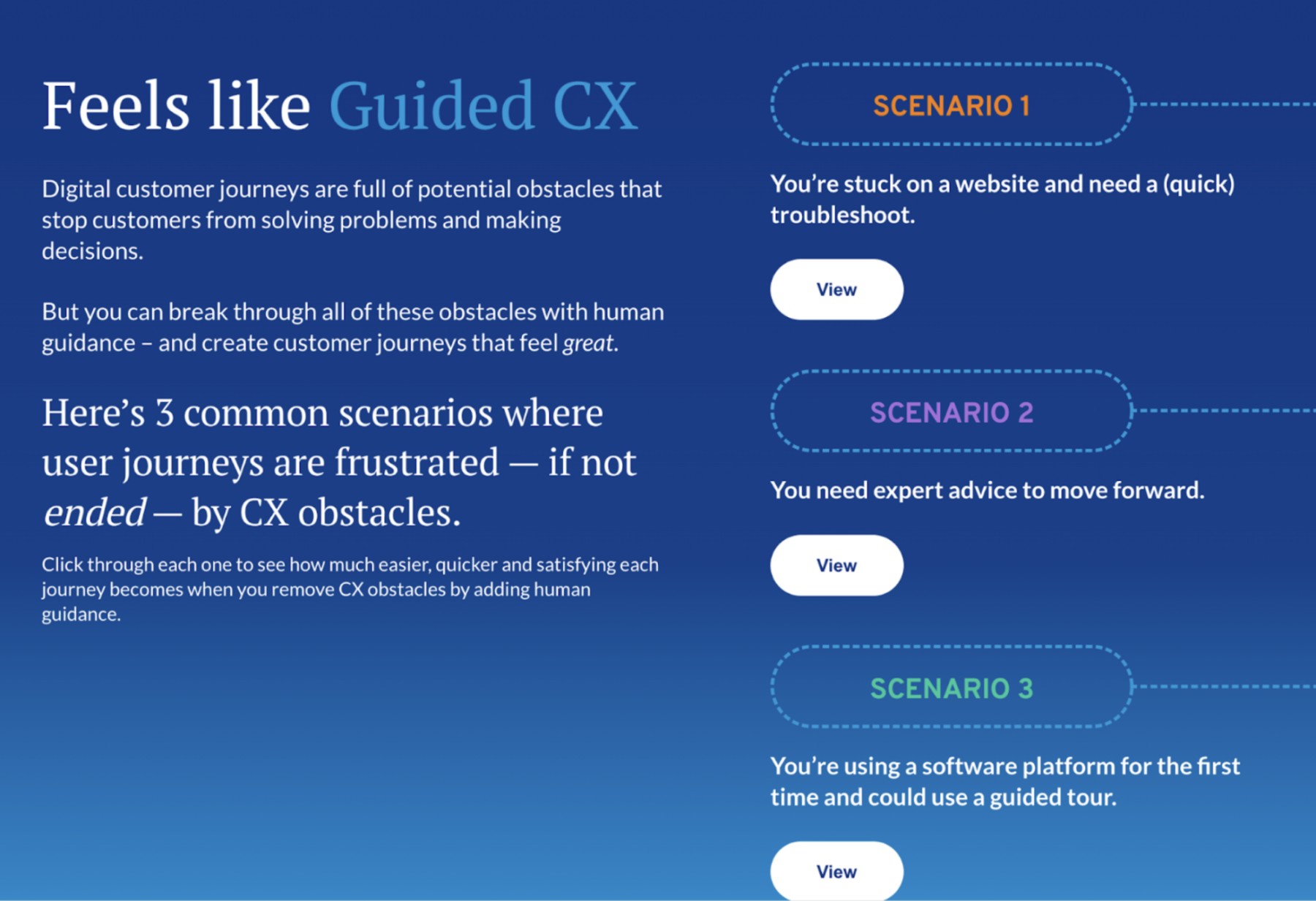
Our hero content homepage. The standard introduction breaks into four introduction options once paid media audience and campaign creative is better understood.
The integration: Audience segmentation considerations feed into UX decisions
The outcome: Relevant, timely journeys for visitors - Campaign-Specific Introduction
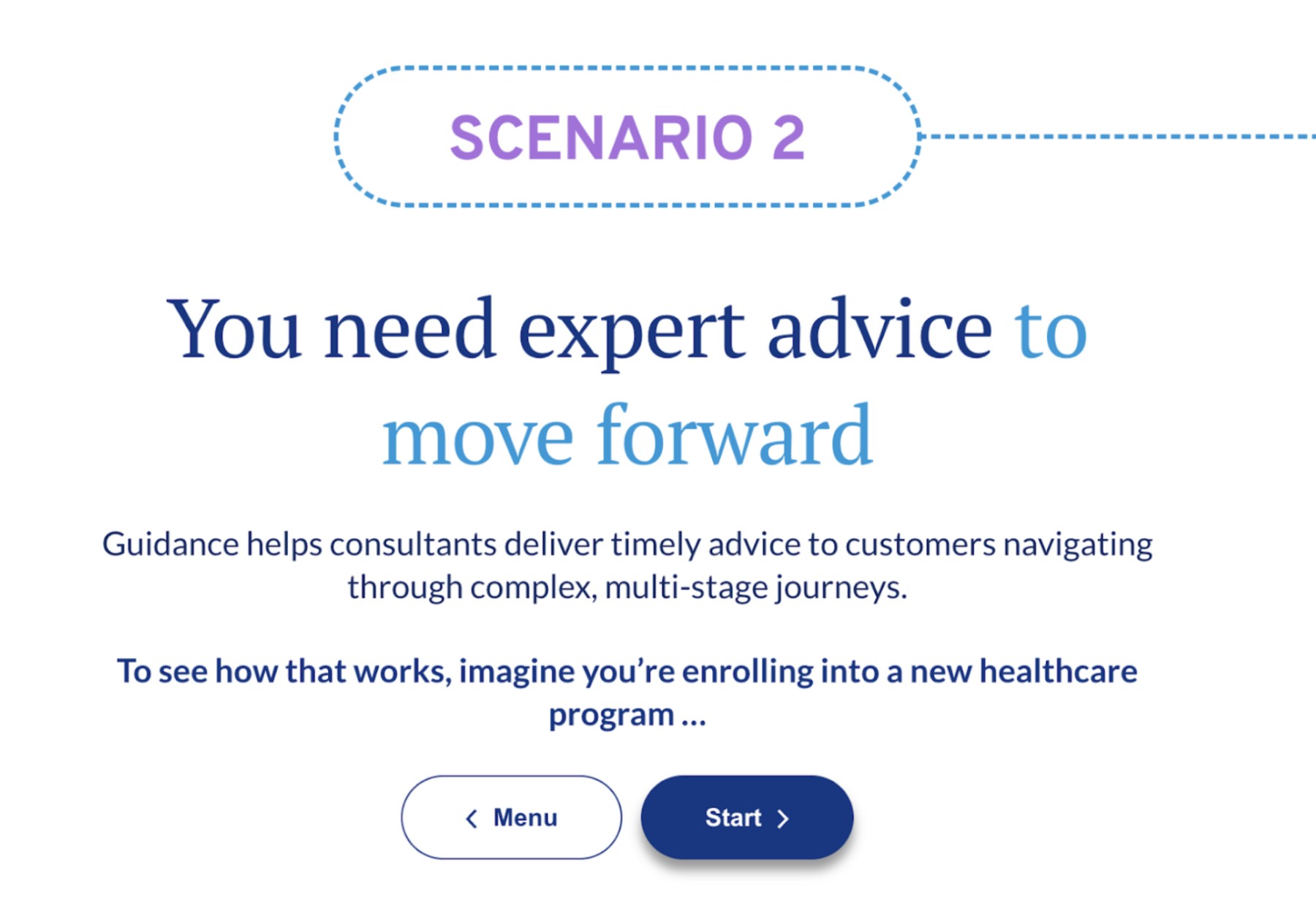
The specific introduction dovetails with the healthcare messaging run as part of the campaign. Paid users—with shorter attention spans—start here.
The integration: Audience-specific messaging brought to the foreground based on paid traffic behavioural insights
The outcome: Faster time to relevant content leading to higher engagement and lower drop off - Quick Interactivity
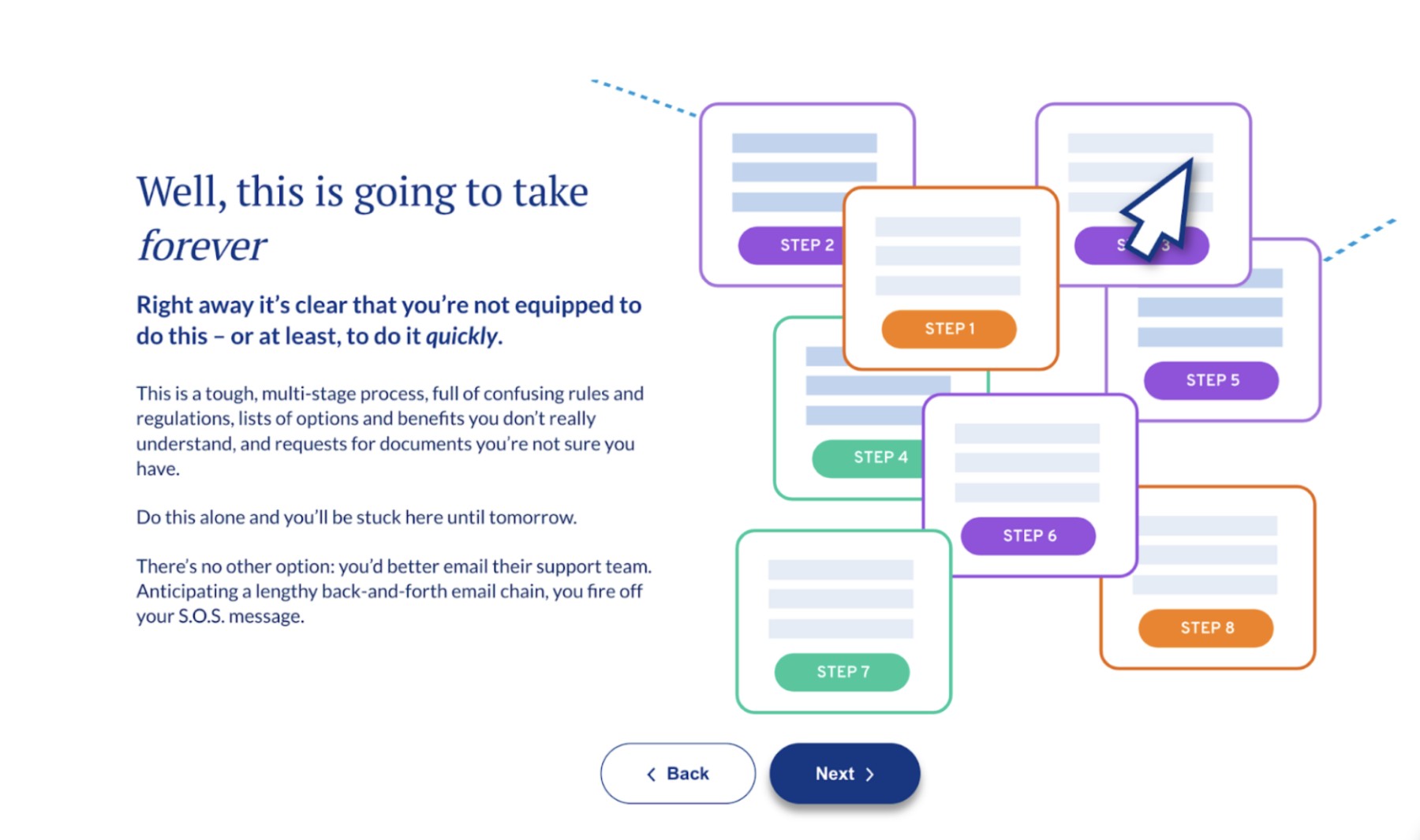
The story quickly introduces interactivity to ensure the users understand the scope of the experience to handle immediate drop off rates and encourage consumption. Higher interaction with the content means higher intent.
The integration: Drop off rates and time on page inform interactive strategy and ‘chapterized’ format for consumption
The outcome: Exciting & engaged experience for users - Contextual CTAs
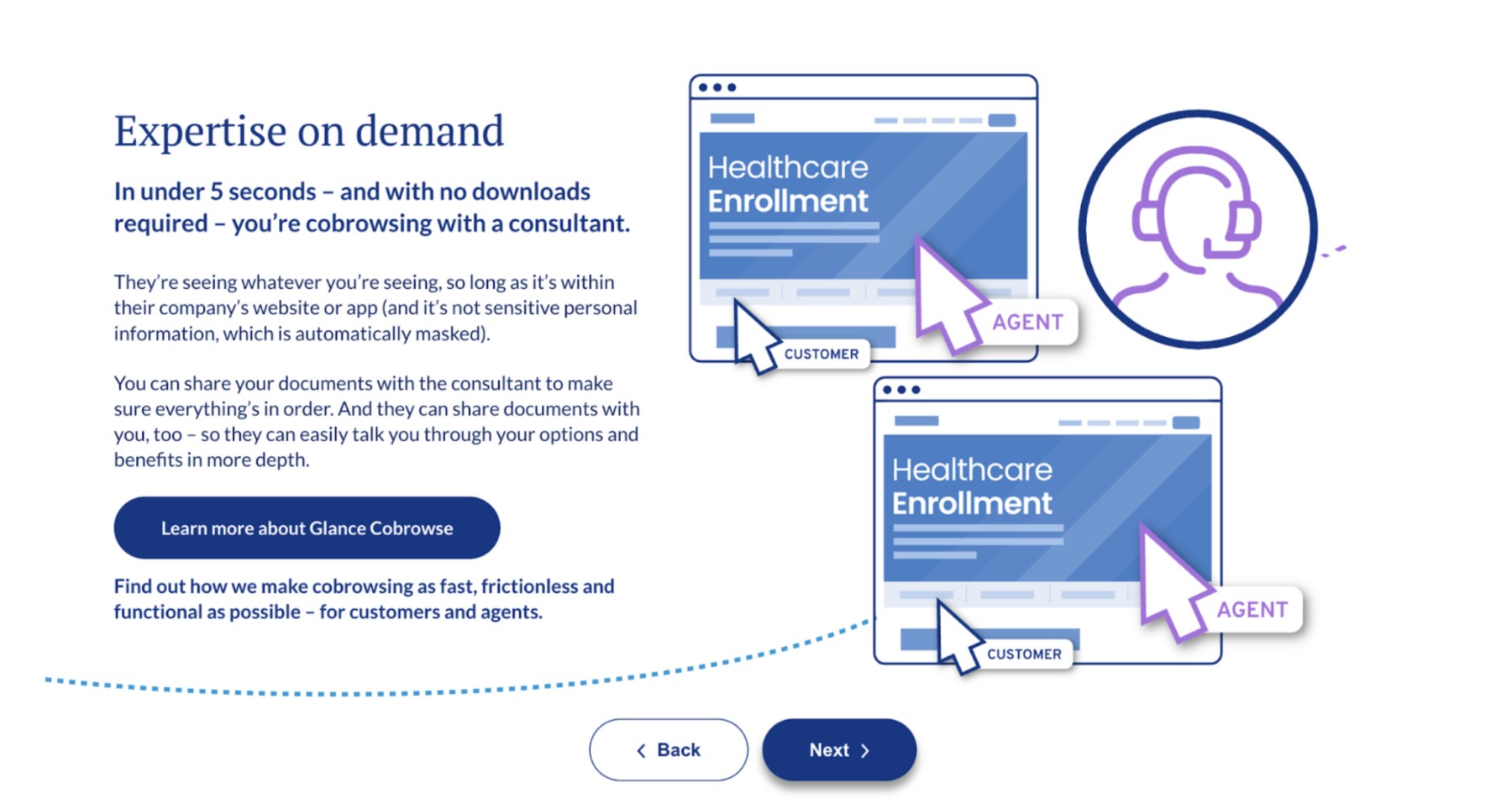
Ensure we still have measurable data capture options, contextually built in throughout the piece as a natural next step. The custom analytics reports show both engagement and conversions from galvanized users.
The integration: Creative messaging handoff points to contextual, actionable & trackable CTA’s throughout
The outcome: Improved engagement & conversion rates
Summing Up
Our industry simply loves to fight amongst itself. There’s lots of finger pointing and too much angst. The reality is that modern content solutions require collaboration and teamwork based on concrete operational systems which underpin shared goals and strategy.
The integration of different experts into a single process helps clients deliver on multifaceted content solutions that enable creative solutions working to measurable outcomes.
It’s time to put our differences aside and deliver the experiences that work.

Enjoyed this article?
Take part in the discussion


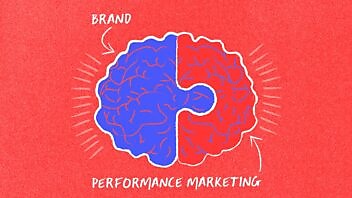





Comments
There are no comments yet for this post. Why not be the first?